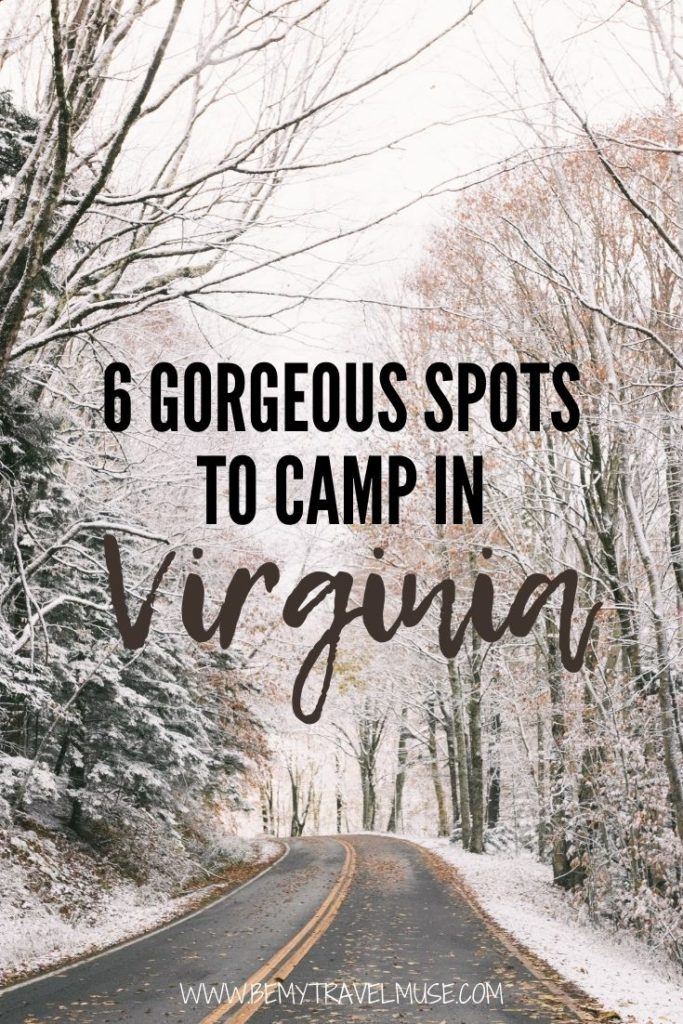
Virginia encapsulates some of the best landscapes on the East Coast. You can experience the Appalachian Mountains on one side of the state and the glittering Atlantic Ocean on the other!
With camping season in full swing, there are a lot of well-known and hidden gems to explore in Virginia. From getting out there and visiting places like the largest caverns on this side of the United States or an island where wild horses roam free, camping allows you to immerse in the state’s uninhibited beauty.
PS: Camping for the first time? Here are 6 mistakes to avoid:
Here are some of the best of what Virginia has to offer:
Shenandoah National Park
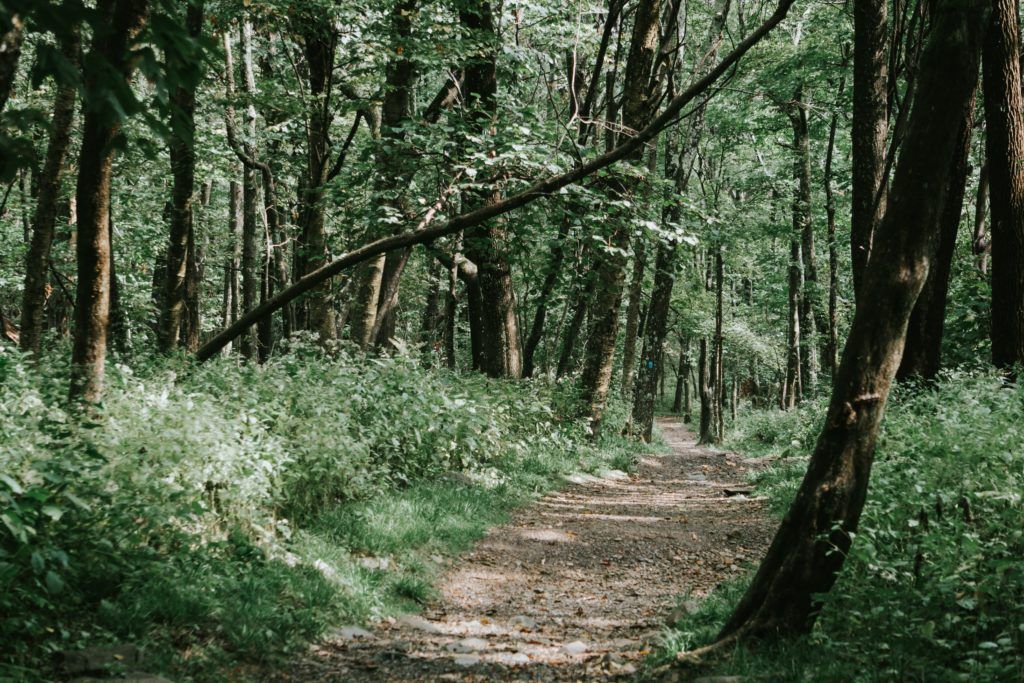
Shenandoah is arguably the most famous park in Virginia. It’s a long sliver of land that sizes up to around 200,000 acres on Virginia’s northern side. While admission to the park and its well-known valley costs $30 for a single vehicle, the fee covers unlimited entry for seven consecutive days. An annual National Parks pass ($80) also covers entry.
What to Do: Most of the natural attractions here are along the park’s Skyline Drive. The drive takes you 105 miles across the length of the park and on part of the Blue Ridge Mountains. You’ll find most of the waterfalls and main hikes in the park along this road. The Skyline Drive is the only public road in the park, and is open 24/7 (unless there’s bad weather). Check out the National Park Service’s webpage for more information.
In addition to the 500+ miles of trail here, a quarter of the Appalachian Trail runs through the park. Some of its more famous excursions are the Dark Hollow Falls and Old Rag Mountain hikes. There’s a fair amount of foot traffic in the park, varying from the casual daytripper to those attempting to walk the whole AT.
Make sure you research the hikes beforehand, because some of the trails here can be quite dangerous!
Camping Logistics: There are five campgrounds and three lodges in the park. The cost to stay at one of the campgrounds ranges from $15-$45. Obviously, backcountry camping is more suited for more experienced campers. You can learn more about how to pack and prepare for backcountry camping here.
First Landing State Park
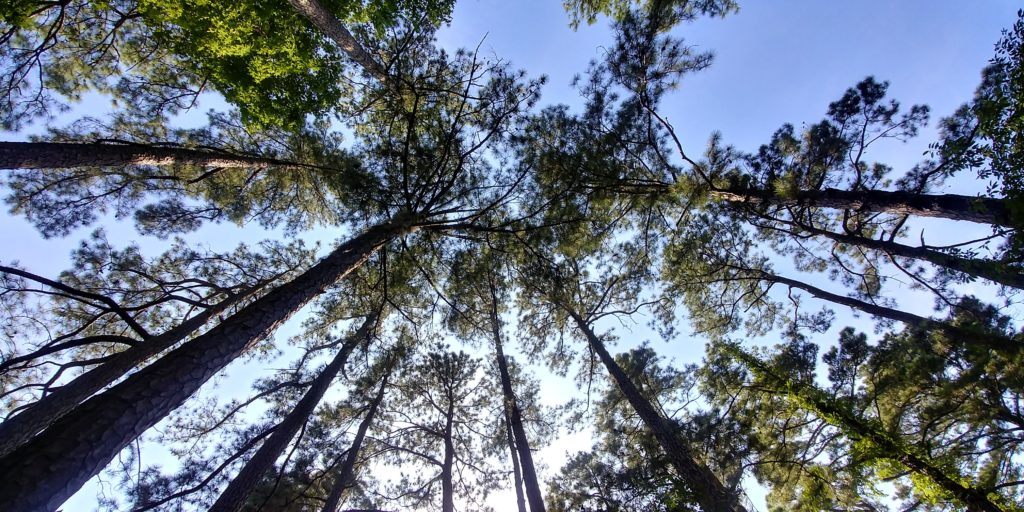
English colonists first landed here more than 400 years ago, and today it’s grown to become Virginia’s most visited state park. The park is nearly 3,000 acres, with 1.5 miles of beach from the Chesapeake Bay to explore. Though Virginia Beach can be quite busy, the park’s a part of the more quiet, northern side. Admission to the park costs $7 – $10 for normal-sized vehicles.
What to Do: There are almost 20 miles worth of trails here that take you through swamps, lagoons, and forest. The longest of the park’s trails is the Cape Henry Trail, which takes you through some of the park’s more uncommon landscapes. You can pay homage to First Landing’s historical roots with a visit to the Chesapeake Bay Center.
Camping Logistics: If you want to spend the night at the park, you can choose from its primitive camping sites, cabins, beloved yurts (there are four here!) Accommodation at the park costs $30 to $46 depending on the site and residency status; view this chart to find out specifics. Click here for a map of the campground.
Campsites are available from the beginning of March through early December, but you can rent a cabin year-round. Cabins and yurts require a reservation, but some campsites don’t need to be reserved beforehand.
If you want to explore the area on bike, you can only ride it on the Cape Henry and Live Oak Trails. The park is near a military training center so don’t be concerned if you hear loud noises in the nighttime!
False Cape State Park
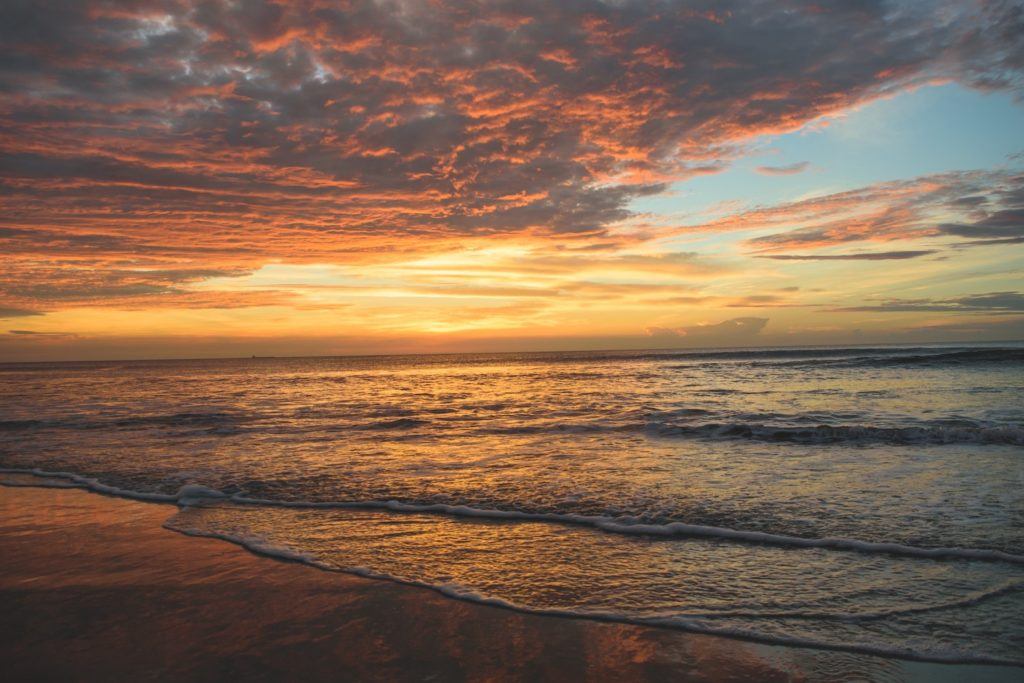
While First Landing is in the northern part of Virginia Beach, False Cape State Park sits at the southern tip. The park is on the southern border of Virginia with North Carolina and is the state’s southernmost park. The park is a six-mile stretch of land along the Atlantic Coast that’s remained undeveloped over the years. In fact, you can’t get here by car!
What to Do: Here, the sky’s the limit with daytime excursions. You can bike on a bike trail, kayak through the freshwater, or swim in the ocean. The Back Bay National Wildlife Refuge serves as one of the entrances to the park and is also a popular area to explore.
Camping Logistics: Since the park hasn’t been developed at all, primitive-style camping is the only type available here. You can rent one of the park’s campsites for $20 – $25 in one of four areas: Barbour Hill Bay, Barbour Hill Ocean, False Cape Landing Bay, or False Cape Landing Ocean. There are only 12 campsites, so this is an ideal camping spot if you want to completely get away from civilization.
Because the campsites offer minimal support, you should have a bit of camping experience before arriving. Look at other BMTM guides like 8 Clever Camping Hacks for Beginners or Outdoors 101 for some camping tips. In addition, pets can’t come into the Back Bay National Wildlife Refuge but are allowed in the park.
North Bend Park
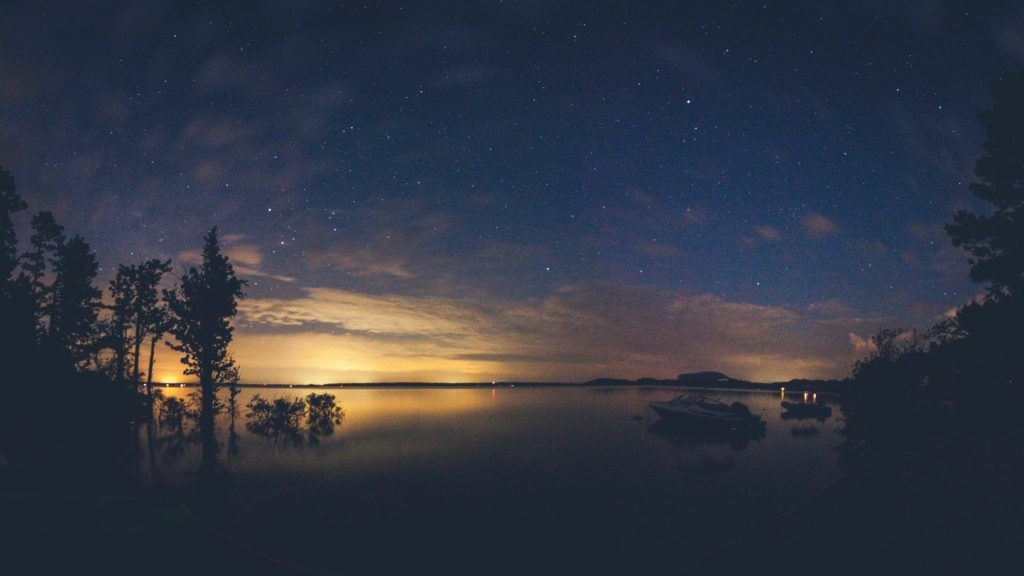
North Bend Park is at the center of Virginia’s southern border. The park is located on John H. Kerr Reservoir, which flows across North Carolina and Virginia. The reservoir is Virginia’s largest lake and has over 50,000 acres and 800 miles of shoreline to explore.
What to Do: There are also several trails to choose from here, with the Liberty Nature Trail and Robert Munford Trail being some of the closest to the campground. The lake attracts wildlife of all forms—birds like bald eagles, and ospreys, fly through during migration season, and fishing is a popular pastime on the lake.
Camping Logistics: Camping is available here from the beginning of April until the end of October. This campsite is popular for hiker pros and newbies alike, offering nearly 250 primitive sites near the lake. Check the park’s webpage for nightly rates. This park is popular for families, so don’t expect hikes here to be overly intense.
Grayson Highlands State Park
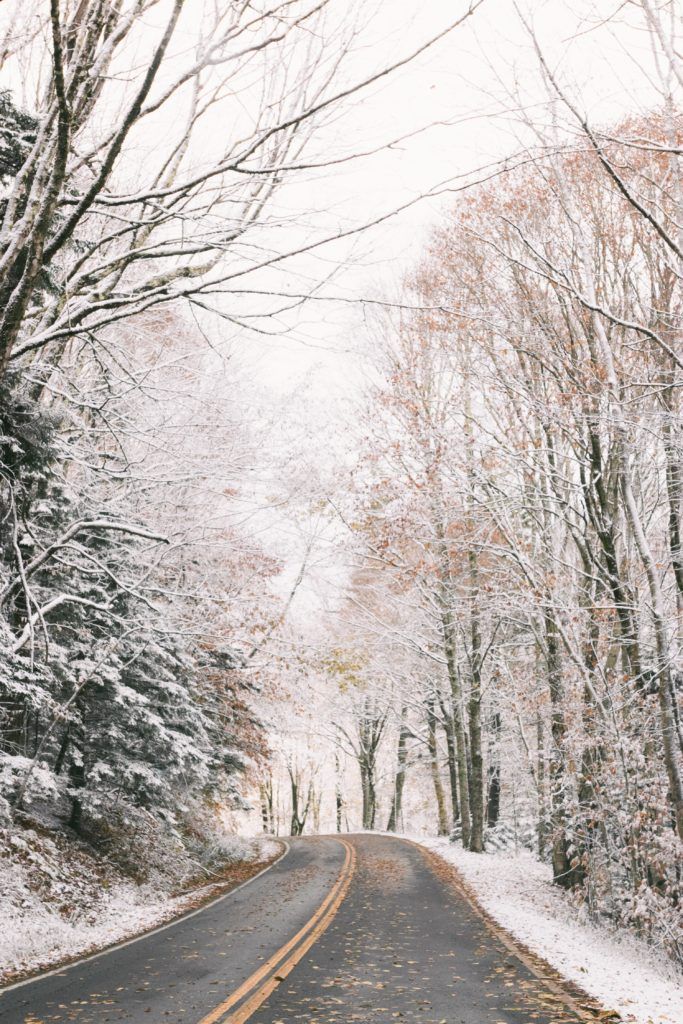
This 4,500-acre state park is on Virginia’s western side, right at the North Carolina and Virginia border. Admission to Grayson Highlands State Park costs anywhere from $7 to $10 for most vehicles.
What to Do: Grayson Highlands is ideal for the altitude seeker. The state park straddles between Mount Rogers and Whitetop Mountain, so the park gives you mountain views of peaks over 5,500 feet high. For a complete guide to the trails in the park, click here.
Besides its altitude, the park is famous for its four-legged residents. You’ll see tons of feral ponies here, which were introduced in the seventies and have thrived since. From the park you can reach the Virginia Highlands Horse Trail and Appalachian Trail. The Virginia Creeper Trail is a 34-mile trail a little bit outside of the park and is popular for cyclists.
Camping Logistics: You have quite a few options when it comes to camping in the highlands. There are the cabins, camping lodges, and yurts available here. Full-service camping is available from May through October, although some areas allow primitive camping in March, April, and November. You can read more about the park’s facilities and prices here.
Prepare for sudden weather changes, even if you plan to take a quick hike. Popular trails can take you over 4,000 feet high, so temperatures can drop dramatically no matter the time of year. Check out the BMTM Backpacking Gear post for some packing ideas.
Sky Meadows State Park
Sky Meadows State Park is at the center tip of Virginia, nearing the border of West Virginia. This 1,860-acre park is one of many access points to the Appalachian Trail. Admission costs $7 to $10 for standard vehicles.
What to Do: There are 22 miles worth of trail here, ranging from the easygoing hike to the intensity of the Appalachian landscape. There are even over 10 miles of trails here for horses!
Camping Logistics: The only type of camping is primitive. The park color codes its camping spots and organizes them depending on the number of people. Here, you can reserve campsites meant for an individual person to large areas meant for 36 people. This chart lists prices for each of these campgrounds. Visit the park’s webpage for more information.
If you want to stay here overnight, prepare to walk. The park’s camping sites are a one-mile hike from the parking lot, so you’ll need to lug all of your gear from the parking lot to the campsite! Group campsites require a reservation.
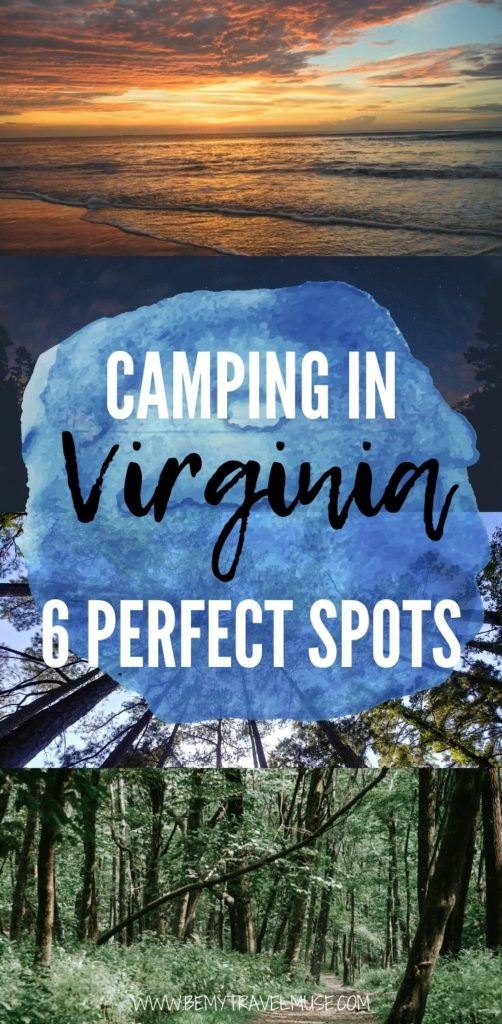
By no means does this list exhaust the destinations of Virginia’s 38 state parks. It’s all the more reason to come out and see the state for yourself—whether you’re camping in a car, cabin, or good ol’ fashioned tent.
Is there a spot you want to visit in Virginia? Let me know in the comments!
About the author: Chloe Arrojado is a journalist and aspiring Renaissance woman from North Carolina. If she’s not writing, she’s probably attempting to learn another language. You can see what she’s up to at her blog.
Leave a Reply